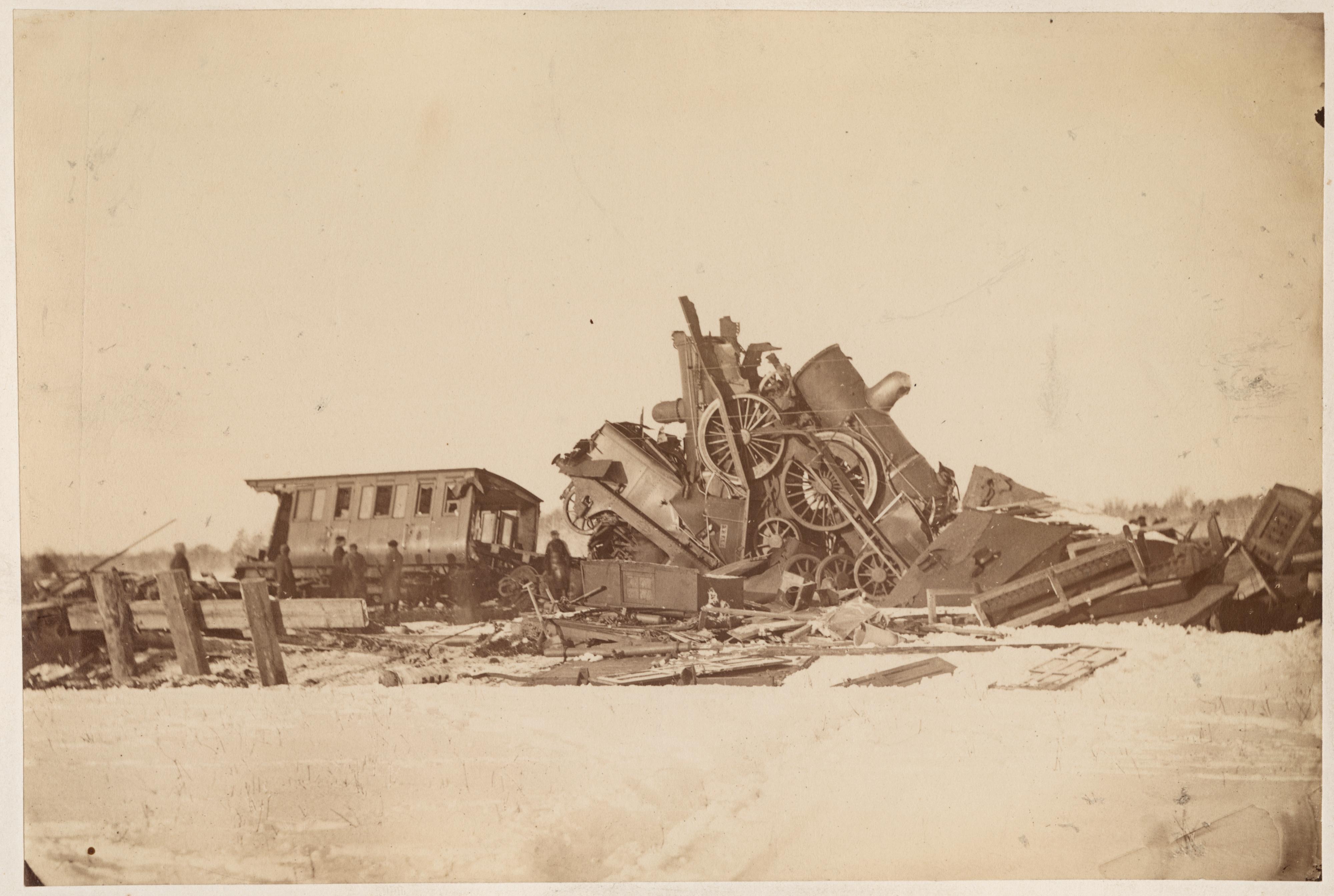
1875 - The Lagerlunda accident
The Lagerlunda accident can be considered as the first serious railway accident in Sweden.
Sweden's first serious railway accident
The accident in Lagerlunda occurred on 15 November 1875, when two trains mistakenly ended up on the same track and collided head-on. Both the locomotives and most of the carriages were completely destroyed. Nine people lost their lives, with many more injured.
Colour blindness investigated
Professor Fritiof Holmgren in Uppsala suspected that the accident could have been caused by one of the train drivers being colour blind and misinterpreting the traffic signals. His research, which involved a questionnaire completed by almost 40,000 Swedish men and women, showed that more than 3.2 percent of men and 0.2 percent of women had red-green colour blindness.
Holmgren suspected that the boundary between red and green was not always so clear, and used yarn dolls in a variety of colours in his studies. He also tested train drivers in real-life conditions by standing with red and green flags or lanterns on the embankment alongside the railway. He was thus the first to raise the issue of red-green colour blindness in a traffic context.
International interest
On 13 October 1876, Holmgren demonstrated the prevalence of colour blindness among train crews to the management of the supervisory authority Kongl. Styrelsen för Statens Järnvägar.
Holmgren’s research report, Om färgblindheten i dess förhållande till järnvägstrafiken och sjöväsendet [Colour blindness in its relation to accidents by rail and sea] (1877), was quickly translated into many languages, and people from all over Europe flocked to Holmgren’s laboratories in Uppsala to study the subject in more detail.
Within a short time, it became mandatory in many countries to test all personnel involved in traffic – by land or sea – for colour blindness, which significantly improved traffic safety.